Ever since getting my dog Alfie, road trips around Norway have been my preferred type of travel so that he can come with me. In fact we just returned from another four week road trip from Bergen down to Sauda, over to Røros, and then all the way up to Mosjøen. And while January might not seem like the best time to road trip Norway, it was so much fun!
During all those hours of driving (the drive from Mosjøen back to Bergen alone is 16+ hours) I thought a lot about how much I love driving in Norway, as well as how much I’ve learned about driving in Norway during my eight years living here. And while I’ve already shared a guide to planning a road trip in Norway, including Norway’s most beautiful roads, I thought today I could share more specifics about the actual driving part of a road trip in Norway.
In general I find Norway to be quite an easy country to drive through, though there are certainly some things that might be new to outsiders. I’ve started this list with general things to know when driving in Norway, and then at the end I’ve shared my best tips for driving in Norway in winter, which comes with its own set of challenges.
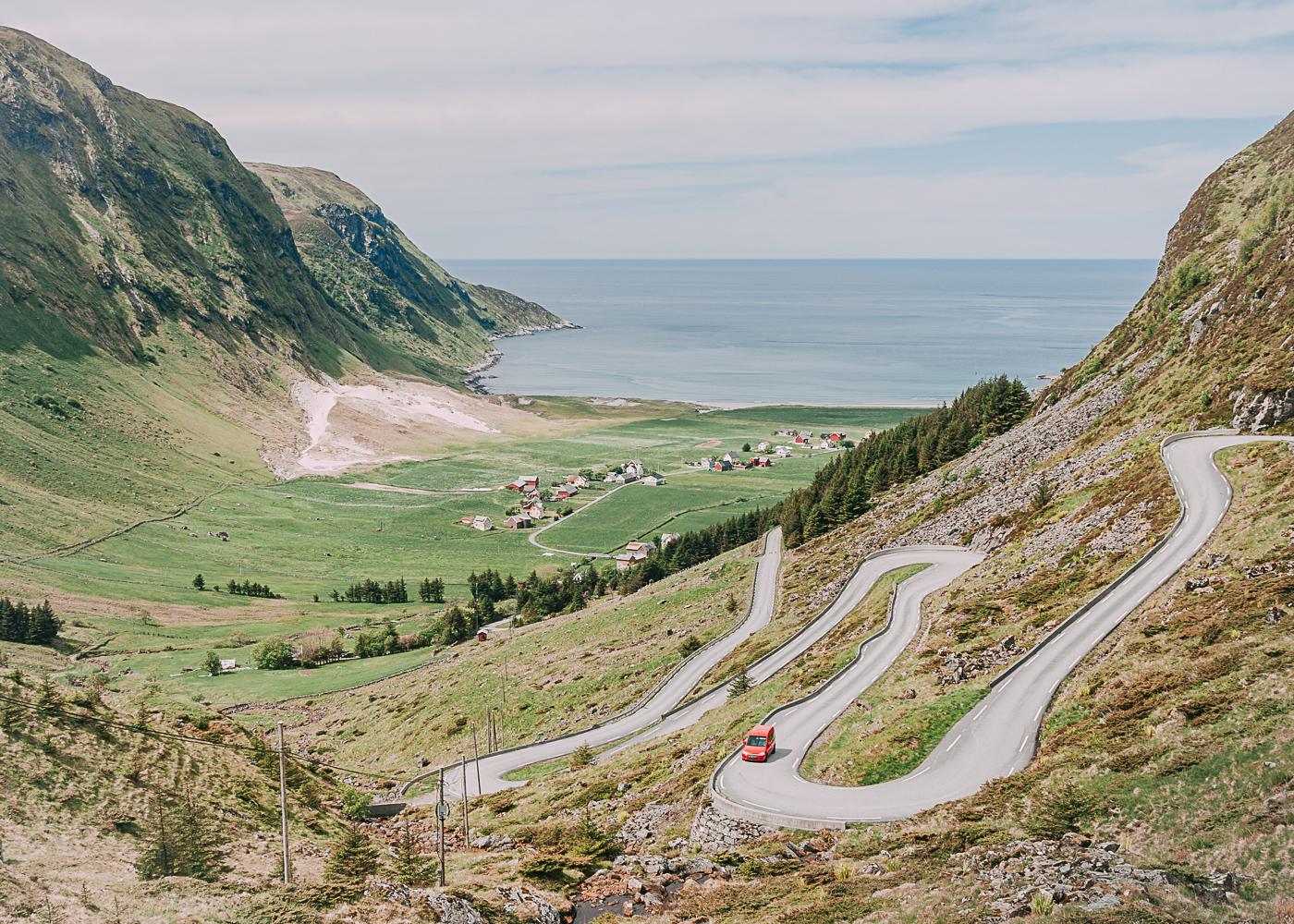
Hoddevik
Tips for Driving in Norway
Renting a car in Norway
Car rental in Norway can get quite expensive, but even with the cost of gas it can still be cheaper than public transport, depending on where you’re headed. Public transport in Norway is also quite limited, with less habited areas only seeing a bus a couple of times a day. Trains can be a good alternative, but the train lines don’t reach much of Western Norway, and the line only goes as far north as Bodø.
So if you want to get out of the bigger cities renting a car can be a great option. Distances are long, so you’ll probably want to get a rental with unlimited mileage. And most importantly, dropping your rental car off at a different place than you picked it up is incredibly expensive in Norway, so you should try to plan your Norway road trip as a round trip.
Also be aware that most cars in Norway are manual transmission, so if you need an automatic you should book your rental as soon as possible to ensure you can get one.
You can compare prices and book your rental car here.
Electric cars
Norway loves electric cars, but if you’re planning to drive long distances, they can be a huge pain, especially in the winter. To be honest everyone I know who rented an electric car in Norway regretted it. If you do drive an electric car in Norway, you can find a charging point on ladestasjoner.no‘s map.
Paying tolls and ferry tickets
In Norway toll roads are managed by AutoPASS with toll booths that take photos of your license plate automatically and send a bill at the end of the month. This happens automatically, so you don’t even need to slow down as you pass under the toll cameras. You will receive a bill from your Norwegian car rental company after your trip. You can contact the car rental company if you have more questions about when you will receive the bill for the toll roads.
However if you’re driving a foreign vehicle not registered in Norway, paying Norwegian tolls is a bit more complicated. AutoPASS will send an invoice to the registered address of the vehicle. But you can actually speed up the process by registering with Euro Parking Collection (EPC), which will give you access to all your invoices online. I definitely recommend doing this if you’ll be driving a foreign car in Norway! But also don’t freak out if you forget – you’ll just get your invoice in the mail instead.
There’s a similar system for paying for ferries. As you drive on the ferry, a person will take a photo of your license plate and then wave you forward onto the ferry. Then your rental company will send you the bill (often a month or so later). However, if you have a foreign license plate, the person taking the photos will stop you and you can pay by card.
Car ferries
You don’t need to book short ferries in advance (you usually cannot). You sometimes can book longer ferries, like the ferry from Bodø to Lofoten, but it’s only necessary in very busy periods like July. In the summer I try to arrive fifteen minutes before the ferry leaves to ensure I get a spot, and in July sometimes you will need to arrive 30 – 60 minutes early for routes with only a few departures (like the Helgeland coast).
And don’t stress about getting on the ferry – someone will wave you on and show you where to park. Then usually most people leave their cars to go inside to the communal area, which often has a cafe and toilets. But you are allowed to stay in your car if you prefer – when I’m with my dog I usually stay with him.
Roundabouts
If you’re not used to driving in roundabouts, maybe brush up on the rules before getting to Norway, because there are a lot of roundabouts here. However I find them a lot easier to navigate than British roundabouts, as usually there aren’t more than two lanes. Interestingly, Norwegians will signal left on entering the roundabout if they’re taking the third exit, and then they won’t always indicate when they are exiting the roundabout, which seems odd to me. So don’t be surprised if the person in front of you doesn’t signal.
No right on red
In Norway you cannot drive when the light is red.
Yield to right
Unless you are on a right of way road (signed with a white diamond framed with yellow) you have to yield to traffic from the right. The only exception here is when the roads are very icy, in which case whoever is driving uphill usually gets the right away so they don’t have to stop on an icy hill. At least that was the unofficial road rule when I lived in Tromsø.
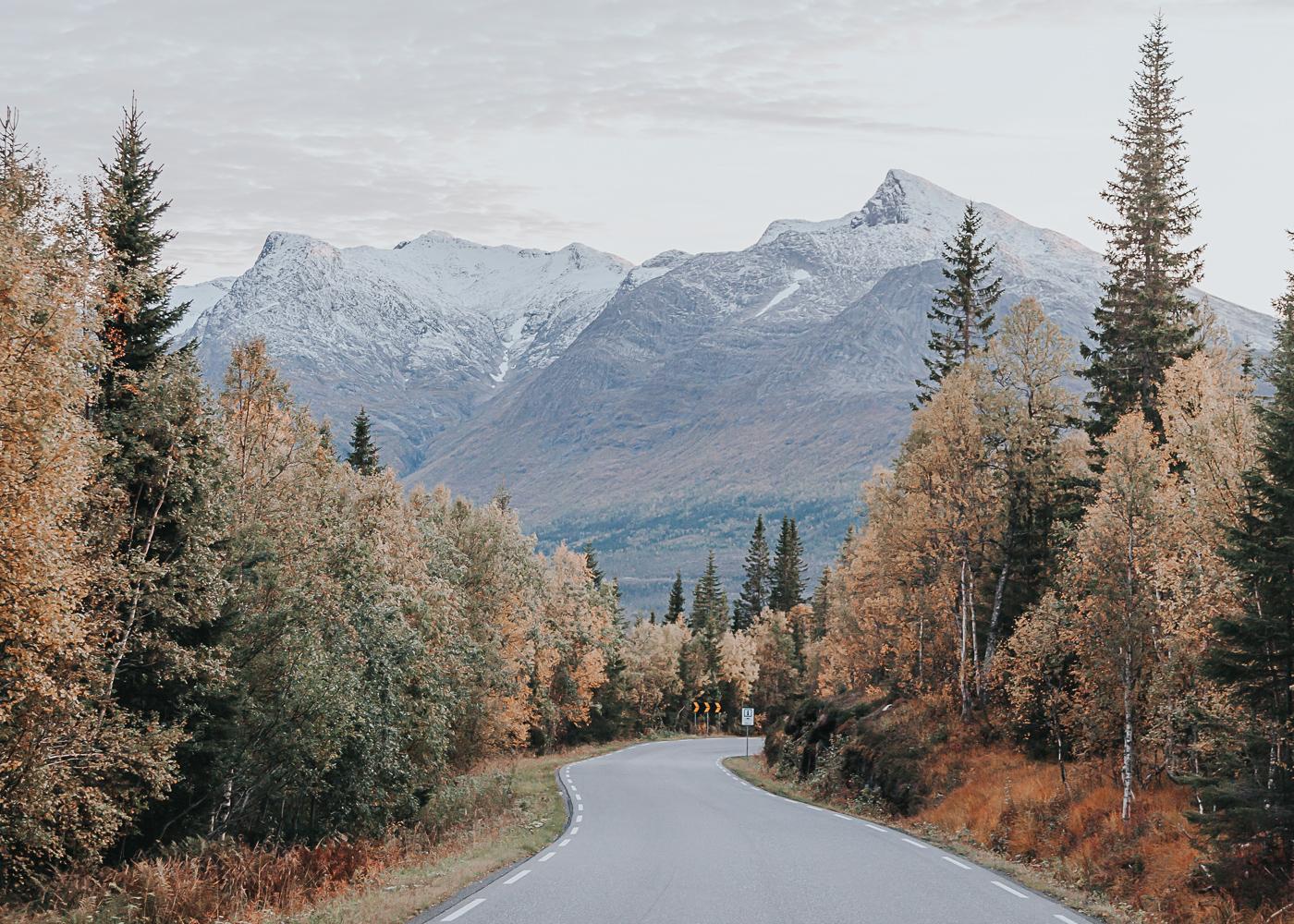
Helgeland
Speed limits
Fines for speeding in Norway are incredibly high, so you definitely don’t want to drive over the speed limit. More importantly, Norwegian roads are winding and a moose can jump in front of you at any moment (it’s happened to me many times), so speeding can be deadly.
The default speed limit in uninhabited areas is 80 km/h, unless otherwise posted. This speed limit usually won’t be posted, so if you don’t see any signs or houses, the speed limit should be 80 km/h. I know foreigners are often frustrated by the low speed limits in Norway, but this is a great place to take it easy and enjoy the beautiful views. If you need a faster pace, go to Germany.
Animals
No but really, I’ve had so many close encounters with moose while driving, so stay vigilant, especially at twilight. It’s also common to see sheep, goats, and reindeer in the middle of the road.
Parking apps
A lot of smaller towns have free parking, but if you have to pay there will be a meter or machine. You can also usually pay with the EasyPark app or Parklink app.
Seasonal roads
Some mountain roads close for the winter, which can last a surprisingly long time – sometimes into May or even June. Google Maps should know that a road is closed, or you can check here, though the website is in Norwegian.
Because Google Maps won’t take you on closed roads, it can be tricky to plan your summer road trip in the winter. If it’s not taking you along the mountain route you want, keep in mind that the road might be open again by the time of your trip.
Pedestrian crossings
Everyone here stops for pedestrians at crossings, to the point where a lot of pedestrians won’t even look before crossing, so it’s on the driver to keep an eye out for pedestrians.
Restrooms
Roadside restrooms can be few and far between in Norway, so your best bet is using the restroom at a gas station instead. Though the National Scenic Routes do usually have a public restroom, often with an impressive design.
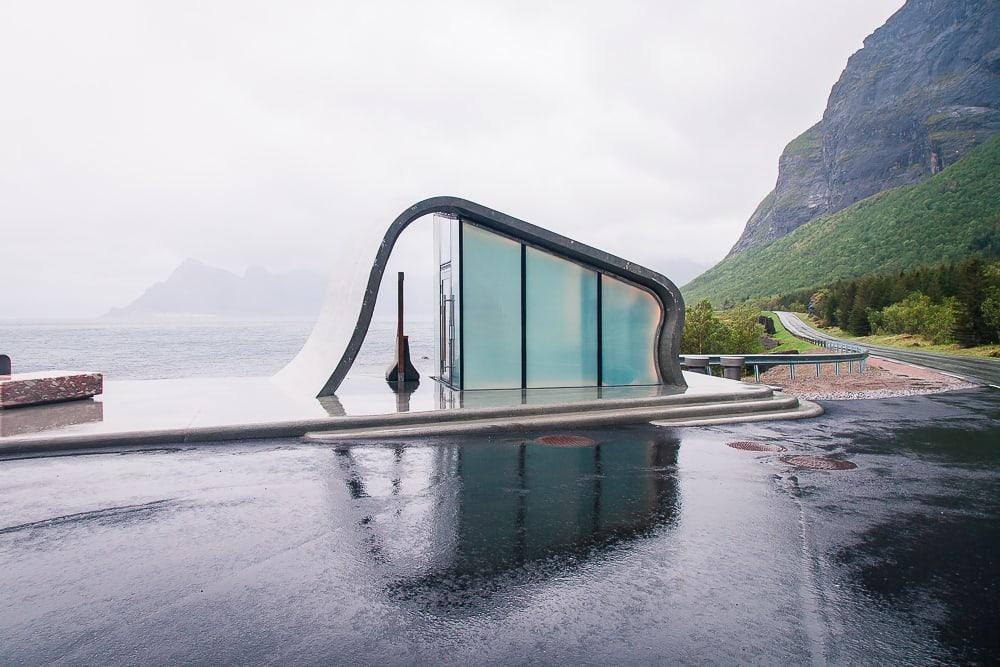
Ureddplassen Restroom, Helgeland
Photos
If you want to get a photo, only ever pull over at actual stops on the side of the road, never just stop your car in the middle of the road. It seems silly to have to include this, but there have been deadly accidents in Norway due to tourists stopping in the middle of the road for photos.
No alcohol
I know in the US it’s common to have a drink or two and still drive, but don’t try that in Norway. The legal limit is 0.02% blood alcohol and applies to the driver of any motorized vehicle.
Driving in Norway in Winter
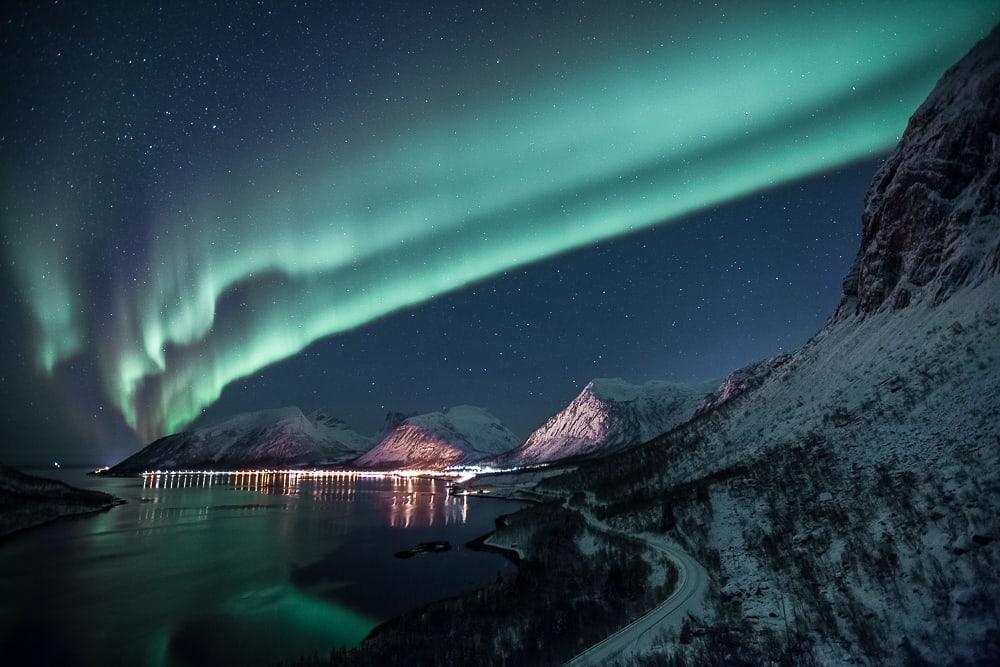
Senja
Winter tires
Norwegians do not use year round tires on their cars. They switch from summer tires to winter tires (with a tread depth of at least 3 mm) around October 16th (November 1st in southern Norway) and then change back to summer tires after Easter. The exact dates tend to vary depending on the weather that year. But if there is snow or ice on the roads, you must use winter tires.
This is of course no problem if you’re renting a car in Norway. But if you are driving to Norway from somewhere else, be aware that your tires might not cut it here. Norwegians don’t fully clear roads of snow and ice in the winter, instead often keeping a layer of ice on the road all winter. So if you don’t have winter tires your car won’t get very far. I remember my family driving up from Germany one winter and we could barely get up small hills in Norway with our German tires.
Most rental cars in Tromsø will even have studded tires.
Remove snow
Your rental car will have a snow scraper and brush to remove snow and ice from your car. Be sure to fully remove all the snow and ice, as you can get a hefty fine if there is any snow left on your roof or if you haven’t scraped your entire windshield clean.
I also keep a shovel in my car in case I park outside while it’s snowing. But if you’ll just be taking short trips from a city you probably won’t need your own shovel.
Driving in snow
- If you’re new to driving in snow, my best advice is to take it slow. You might see some cars on the road driving fast in all weather, but those drivers probably have more winter driving experience and their cars likely have four-wheel drive. Don’t feel pressured to drive as fast as them! You can pull over periodically to let cars behind you pass.
- Slush is the most dangerous driving condition, so be extra careful driving when the temperature is hovering around or just above freezing.
- Be careful braking! Skidding usually happens when braking, so try to avoid slamming down your brakes on icy roads. I try to slow down by gearing down instead of braking when possible, and if you do start skidding be sure to take your foot off the brake to regain control of the car (your instinct will be to brake).
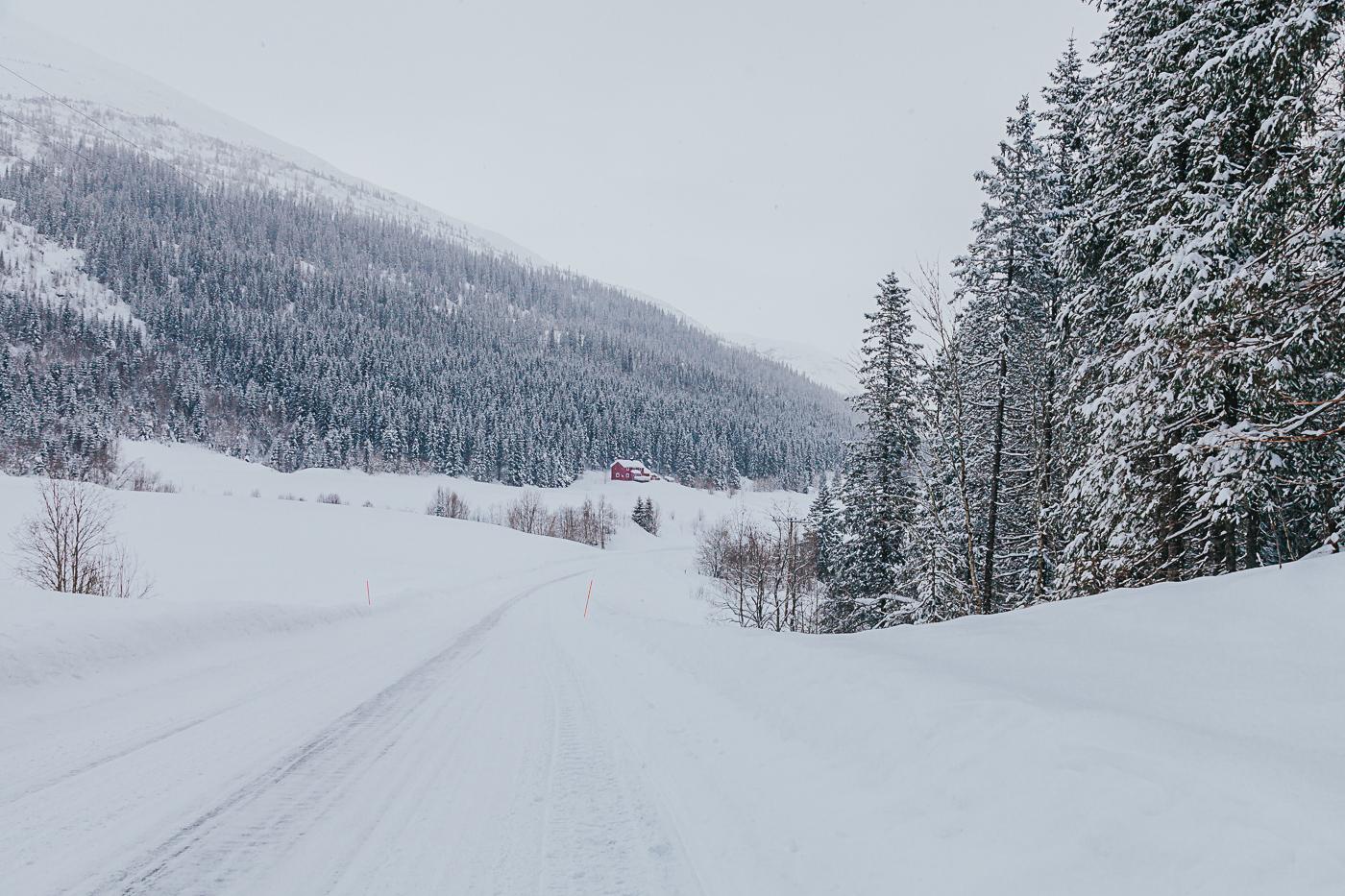
Mosjøen
Driving in the dark
Norway sees little to no sunlight in the winter, depending on how far north you go. But even when the sun doesn’t rise, there are still several hours a day of twilight in mainland Norway (not in Svalbard). The roads are all well marked with reflectors, and snow really brightens the landscape, so driving in the dark really isn’t that bad.
Plan for closed roads
During winter storms mountain roads often close in the winter, sometimes for the whole season and sometimes just for a few hours. You can check road closures at 175.no. Google Maps is also usually quite quick to update your route when roads close, but not always.
Kolonnekjøring
I’m not actually sure what kolonnekjøring is called in English, because I’ve only done this in Norway. During bad weather in the winter, especially on mountain passes, sometimes instead of closing the road they will have kolonnekjøring. This is where cars drive together in a column behind a snowplow or truck.
There can be a long wait for kolonnekjøring – I’ve often waited an hour or more for my turn to come. But at least the road isn’t closed. When doing the kolonnekjøring, you should put on your emergency lights and drive closely (of course not too closely) behind the car in front of you. Don’t stop or turn off during the drive, and never get out of your car during it.
If you’ve never done this before don’t worry, it’s quite easy as you simply follow the car in front of you. I often feel a bit emotional during the drive, as it really feels like team work to get through the bad weather!
Roundabouts are extra icy
I think the most times I’ve seen cars skidding in the winter is in the middle of roundabouts. For some reason roundabouts tend to get extra icy, and then of course it doesn’t help that you’re turning in them. So in the winter I always take extra care to approach roundabouts slowly, as even if the road is clear I know there can be extra snow and ice here.
Tunnels
Tunnels can also be tricky in the winter. There are often patches of ice at the exit of tunnels, so I try to slow down right before leaving. And sometimes windshields can fog up on entering the tunnel, so be ready to turn up the air.
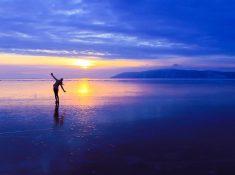
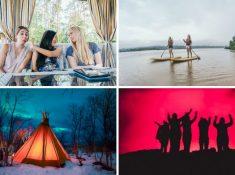
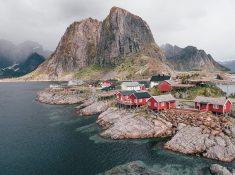
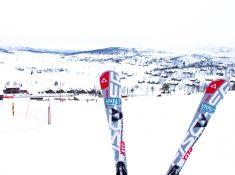
Sergiy says
Great, uncommon tips! Thank you!
Akshay says
Hi – great post!
I’m planning to rent a hatchback (given it’s the cheapest option) for my road trip from lofoten to Senja and Tromsø in the first week of October.
Do you think I will be needing an SUV with 4WD?
Silvia says
I have driven my little hatchback all over Norway in the middle of winter with no issues!
Thomas Mok says
hi great article.
how would you rate driving from Oslo to Bergen (eastern route / mountain route) in early October (our trip is next year)? we definitely do not have experience driving on icy / snowy roads – but I guess chances are early October it won’t be that “icy”? another worry is if there is possibility of road closures in early October? I am thinking of a round trip from Oslo – Bergen (o/n) – Stavanger (o/n) – Kristiansand (o/n) – Oslo. Is this route “good” for “tourists”?
* o/n – staying overnight
i would love to drive so I can see more (stops as we like, at proper places of course) but if driving in October is not for the non-experience, I guess we will just go with train. As we are traveling in a famiy of 4, I was thinking probably car would make more sense for the trip..
Would really appreciate your input.
Silvia says
The E16 route from Oslo to Bergen is intended to never close, even in bad weather, though every once in a while they do have closures. But you should be pretty safe taking that route in October! But if it’s nice weather, then you can take other routes as well. I’m not sure I would visit Stavanger or Kristiansand in October, especially for just one night. Instead I would recommend staying somewhere in the countryside as it’s prettier! I love the Ryfylke route (https://www.heartmybackpack.com/norway/plan-road-trip-norway/) , and you could check Campanyon for some really cool trehouses or domes to stay in: https://www.heartmybackpack.com/campanyon